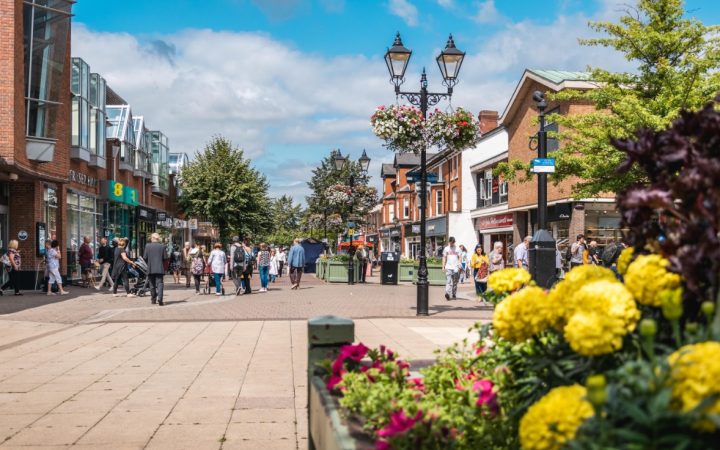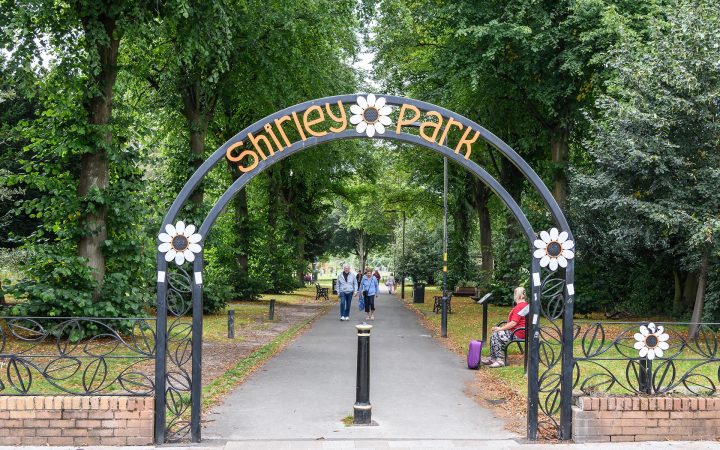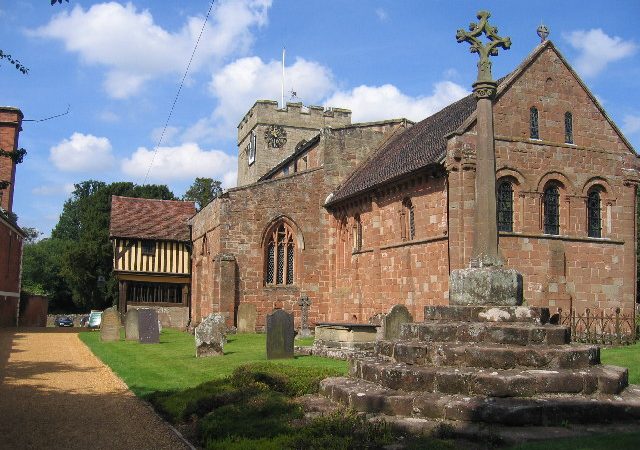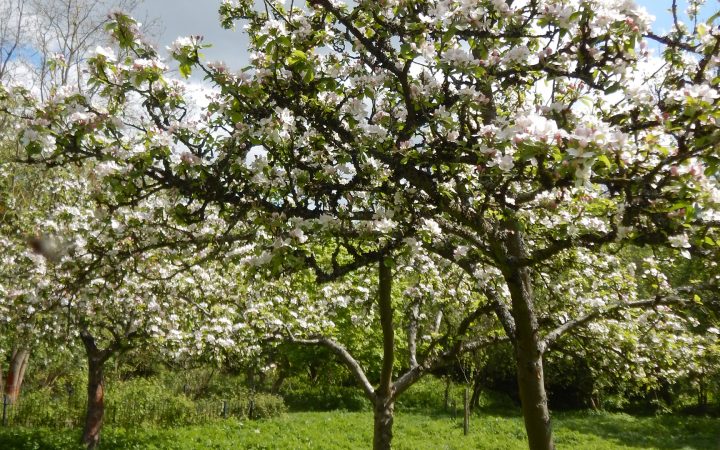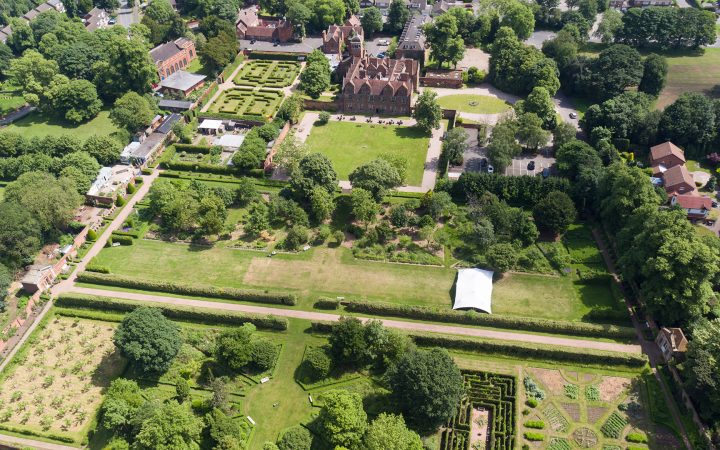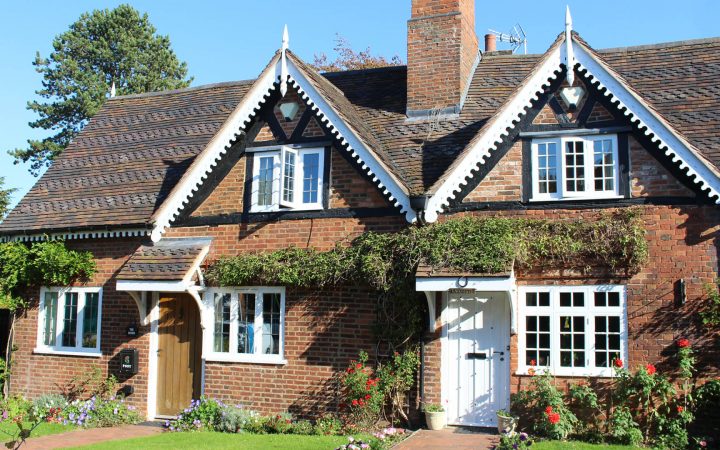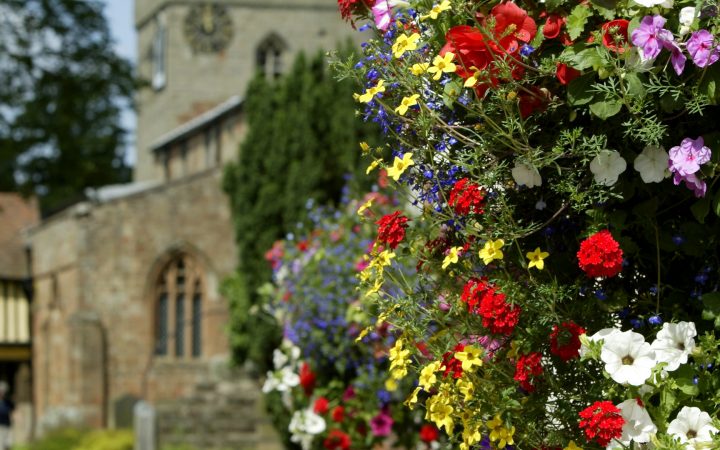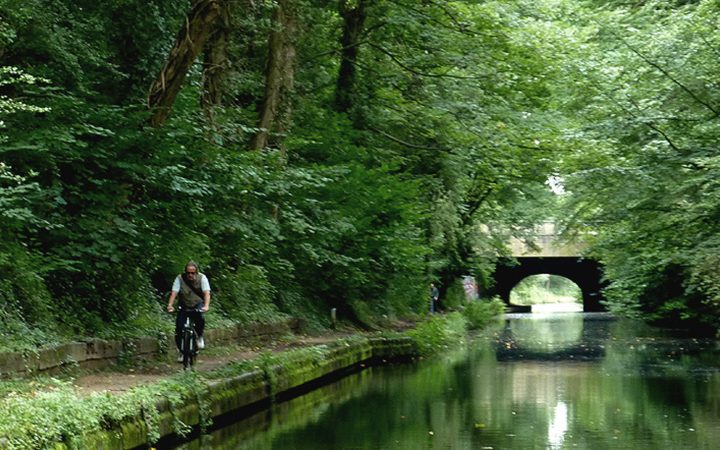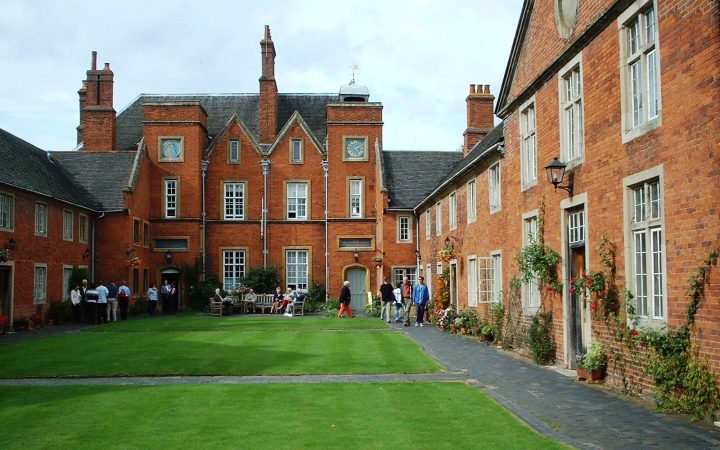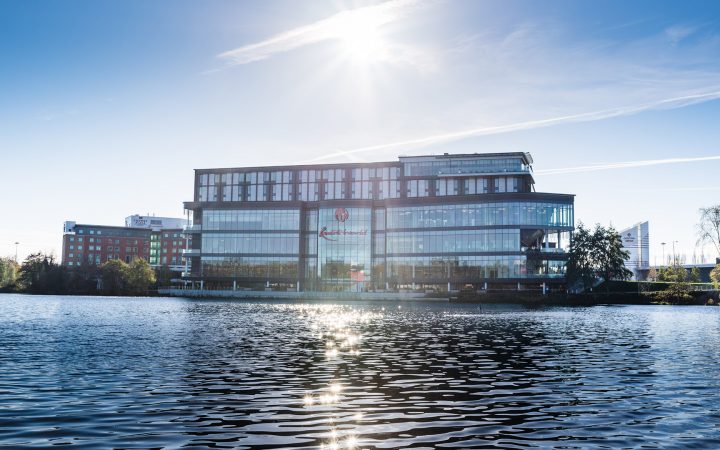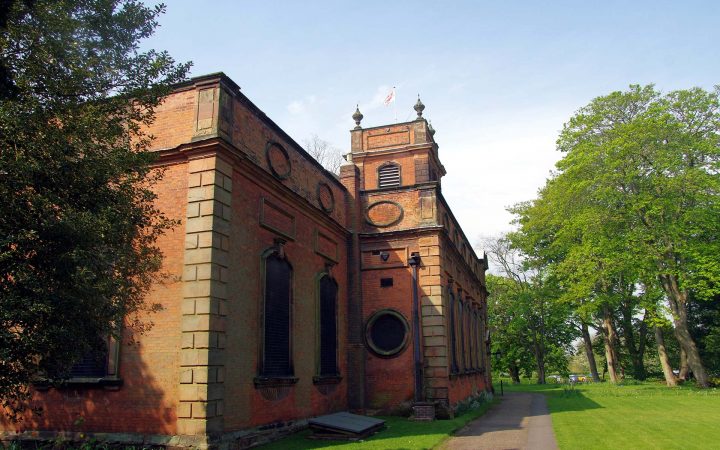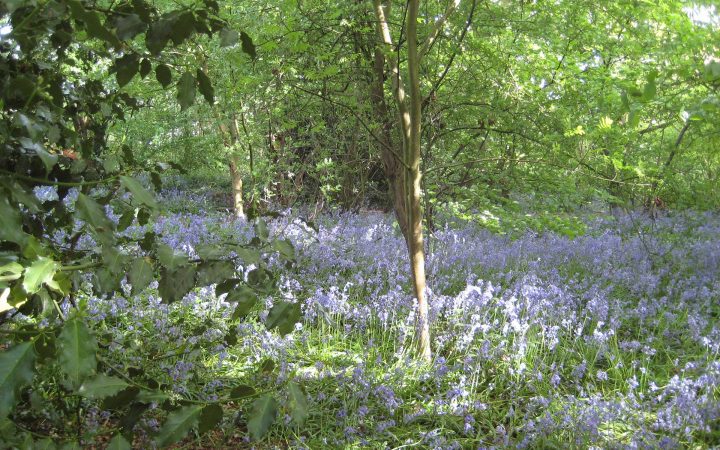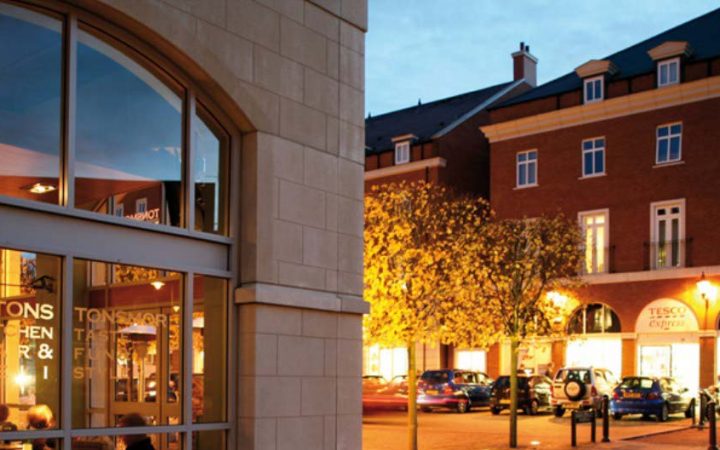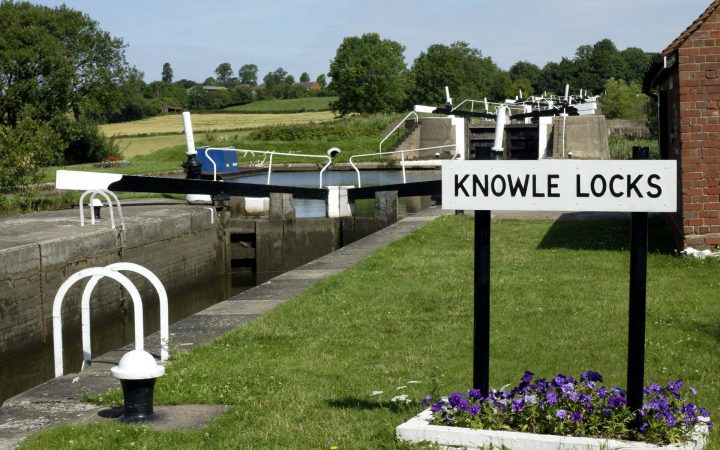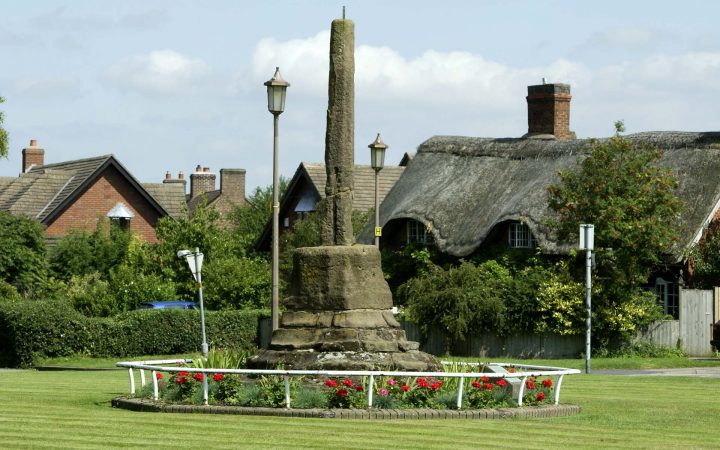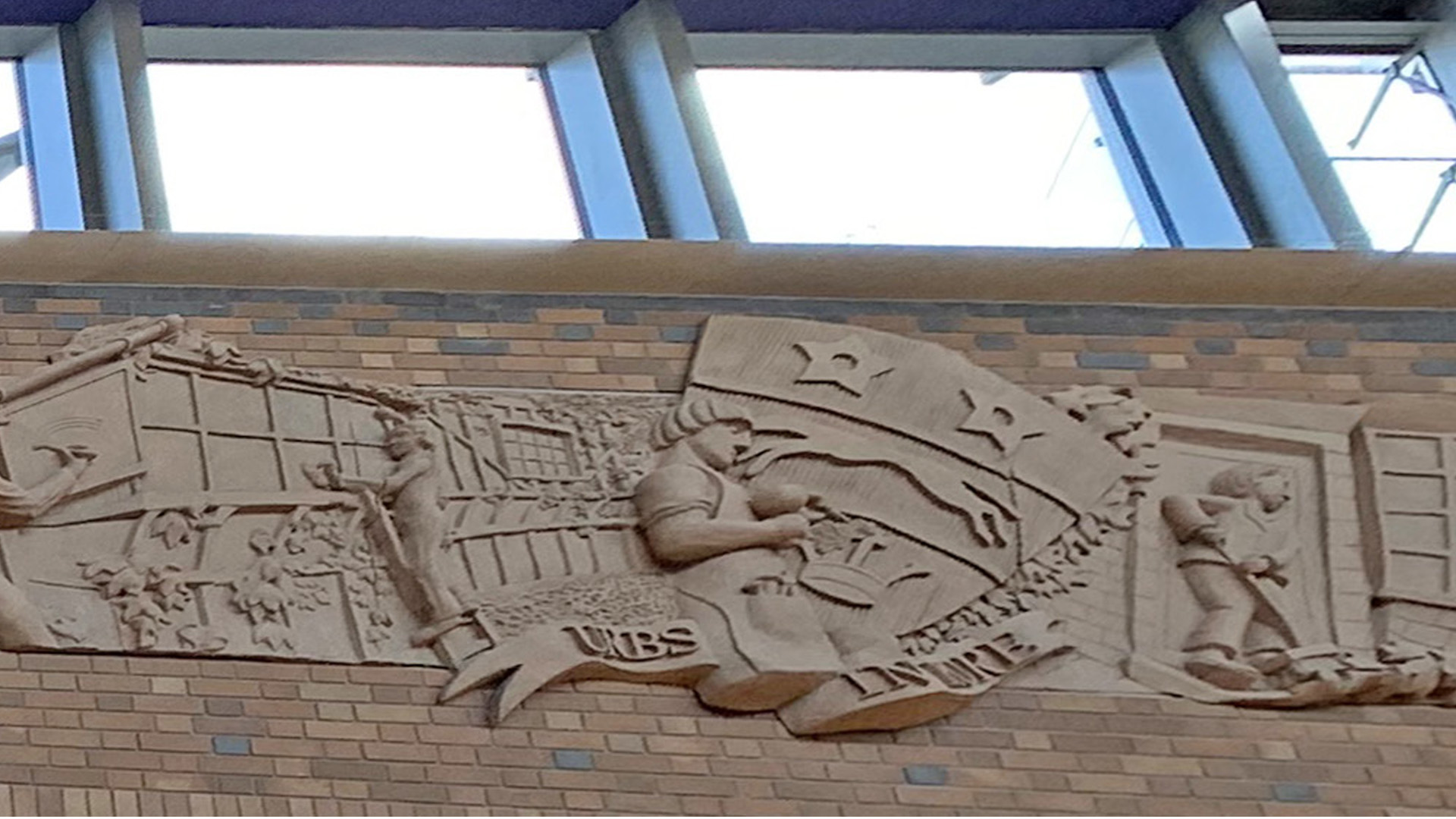
Heritage
Solihull is unique in being the only former Rural District to become a Metropolitan Borough in its own right.
The traditional pronunciation of Solihull is with a long “o” (as in sole) not with a short “o” (as in solitude). A once-popular variation was Silhill, hence Silhillian as the name given to local residents.
The town’s motto – Urbs in Rure (the Town in the Country) – was chosen when Armorial Bearings were granted to Solihull Urban District Council in 1948 and references the balance between the rural and the urban that is still evident in the Borough today. The Coat of Arms was revised following the creation of the Metropolitan Borough in 1974 but councillors voted unanimously to retain the existing motto.
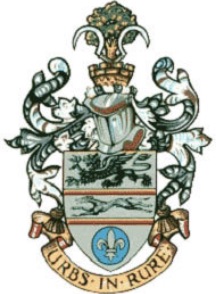
There is evidence of settlement in the area from the Celtic period (from 500BC) hundreds of years before Solihull itself was established, most notably at Berry Mound, Shirley, a scheduled ancient monument.
Hobs Moat is also a scheduled ancient monument, with the banks and ditches that are visible today once forming impressive fortifications for a 13th-century manor house, home to the de Odingsells, Lords of the Manor of Ulverlei.
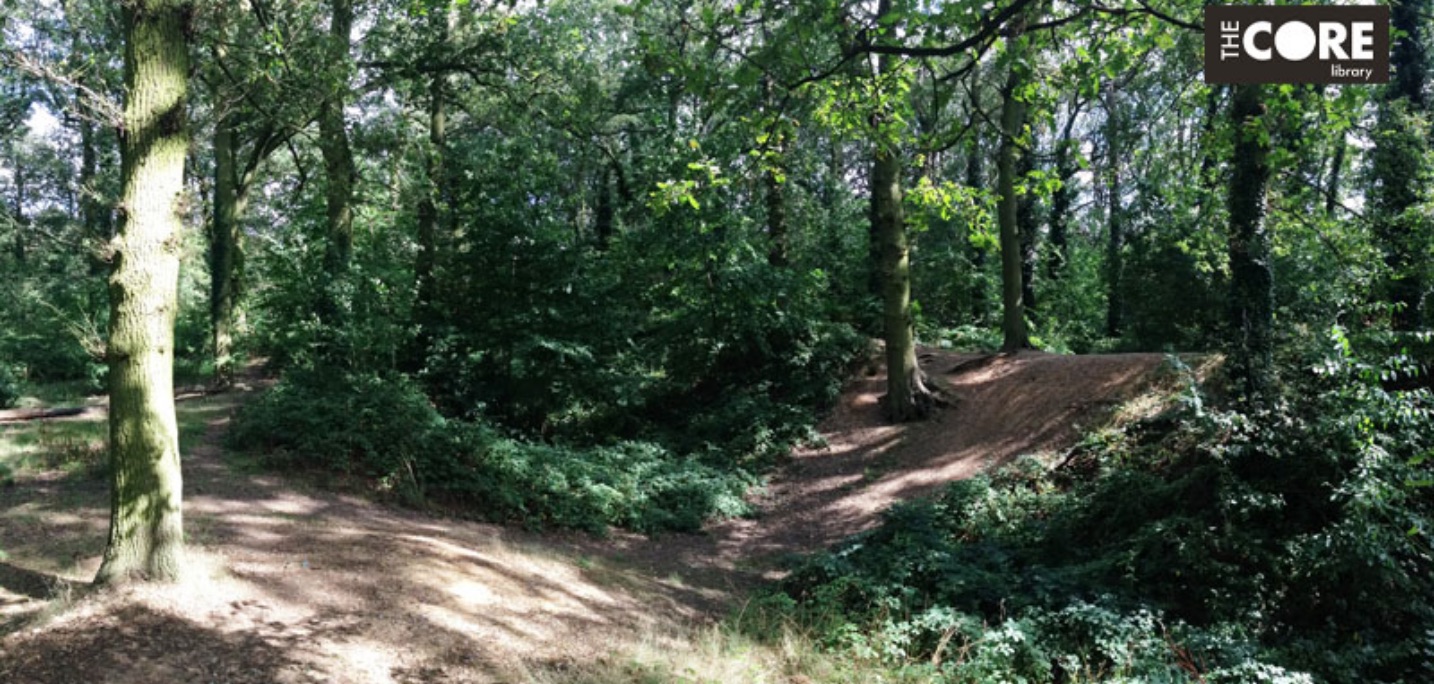
When the Domesday Survey was completed in 1086, Solihull itself didn’t exist and the area was sparsely populated, having heavy clay soil and the extensive woodland of the ancient Forest of Arden.
Domesday refers to the local manors of Longdon and Ulverlei. The two settlements were clearings in the forest, with strips of land cleared and farmed in common. Similar clearings were settled at Elmdon, Marston Green and Bickenhill.
Solihull’s origins lie in its geographical position on a crossroads on two important trade routes – the road from Birmingham to Warwick and the road from Worcester to Coventry.
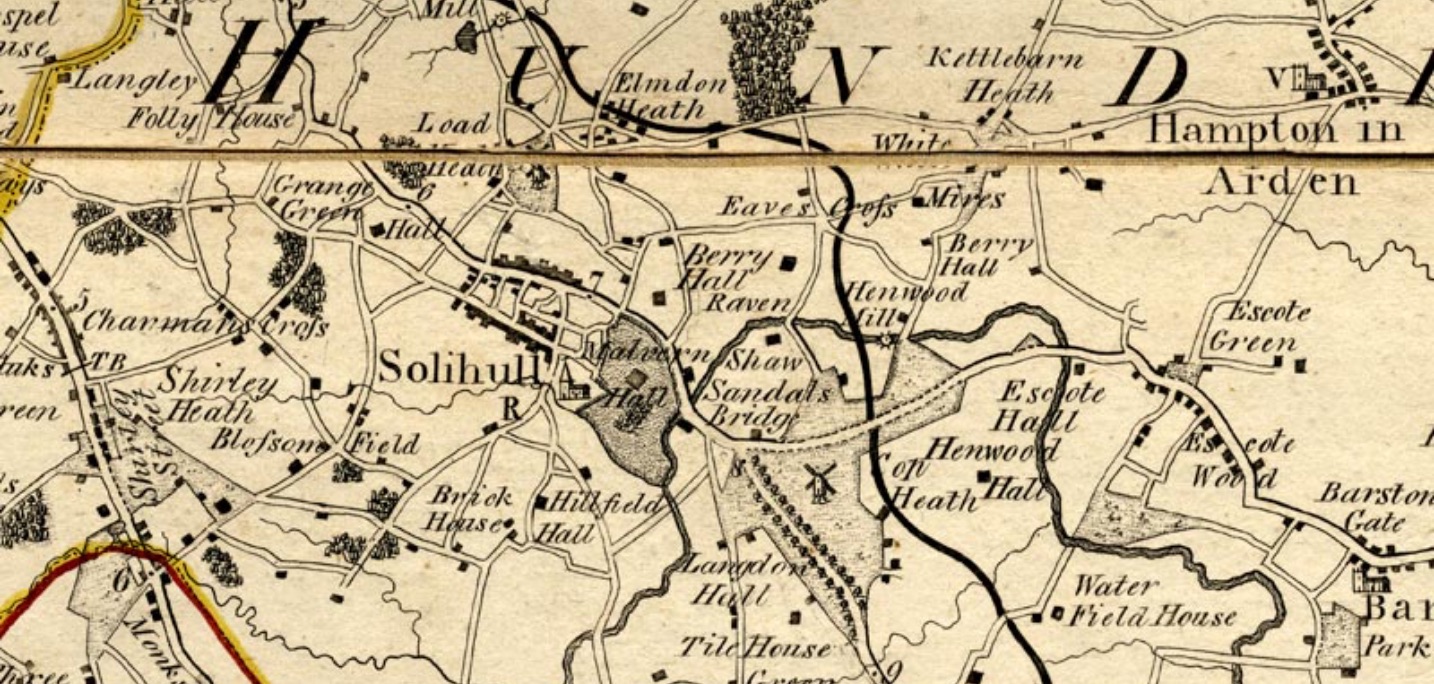
It’s believed that Solihull was founded between 1170 and 1180 by the de Limesi family who were Lords of the Manor of Ulverlei. Solihull was a “planted borough” or planned village, laid out in a grid pattern of streets rather than developing piecemeal. The geometric plots of land along the straight, wide High Street, were planned to attract craftsmen and traders.
Although a borough, Solihull was not a fortified town, nor did it receive a Royal charter of incorporation as a Borough until 1954. It was called a borough simply because the Lord of the Manor offered free burgage tenure where residents were free, rent-paying burgesses, rather than villeins owing service to the Lord of the Manor.
The new town was situated at the top of a steep hill (Church Hill) and its name is derived from the Anglo Saxon muddy or miry hill, referencing the red clay soil that would make the hill difficult to navigate in wet weather.
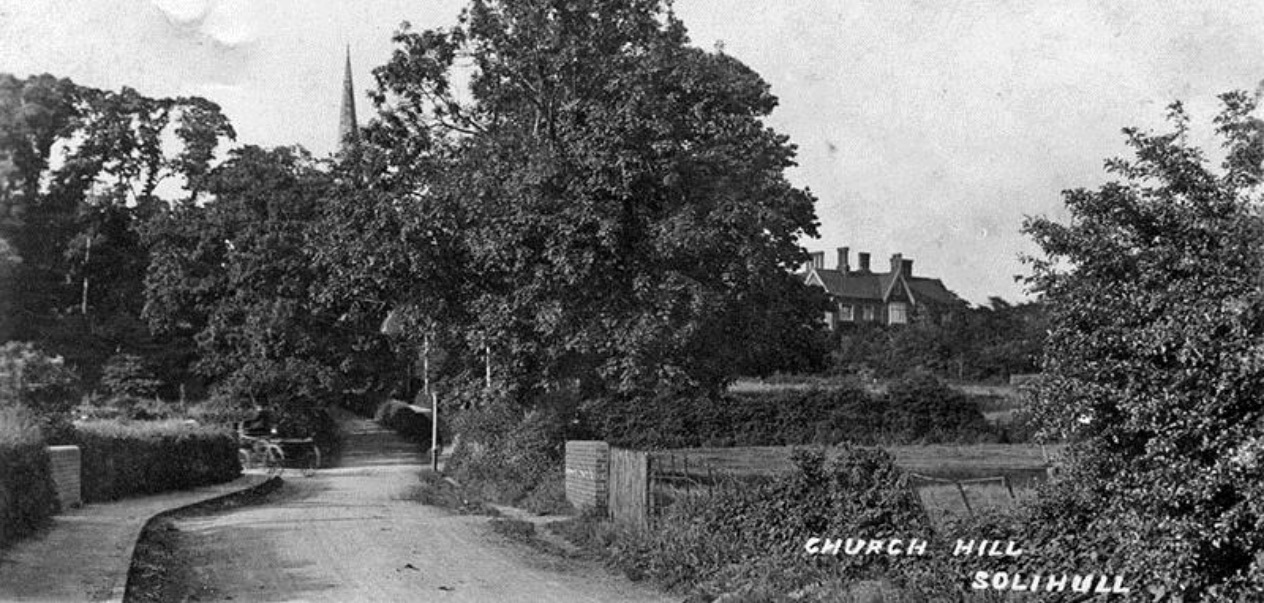
As the new town of Solihull grew, the population began to drift to it from the old Manor of Ulverlei, which became known as the “old town”. The antiquarian, William Dugdale, noted in 1656 that the old town had become “Olton” by the time of Edward I. Over time, Solihull absorbed the neighbouring settlement of Longdon and was granted a Royal charter in 1242 to hold a weekly market and an annual fair “on the vigil, the feast and the morrow of St Alphege” (18th-20th April).
The main market place near St Alphege Church is known today as The Square. A Market Cross, or High Cross, stood in the centre of the Square from at least 1358 and the High Street developed its name as the road leading to the High Cross.
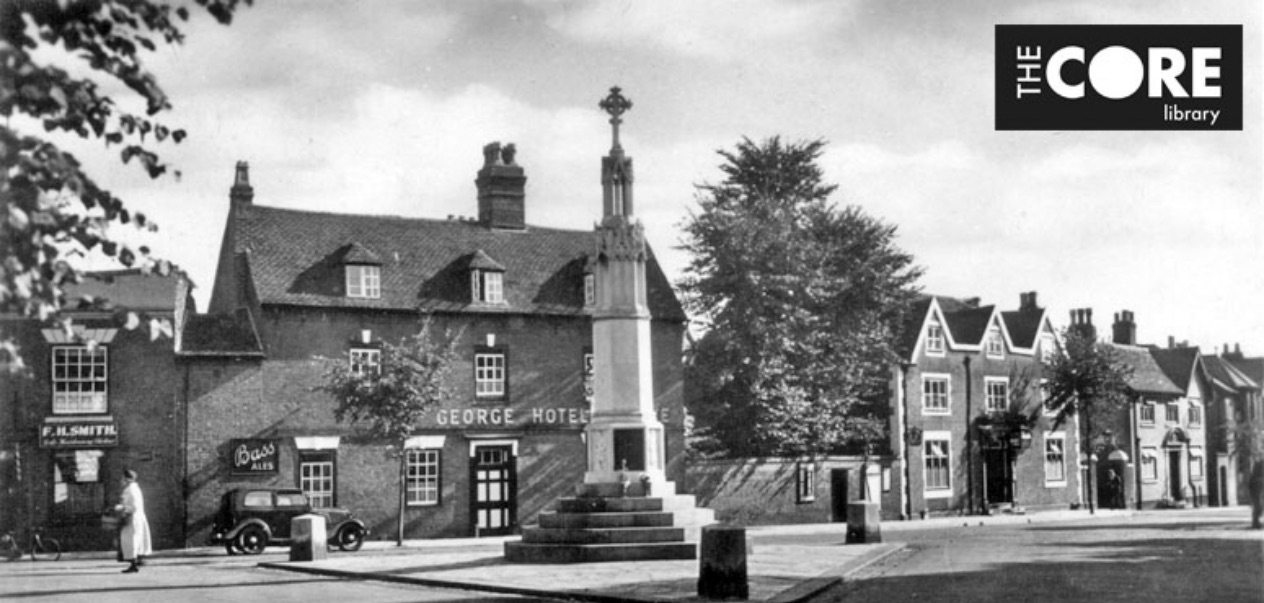
By the 14th century, the High Street was known as le Smythestret, suggesting that Solihull had a reasonable number of blacksmiths. An area to the north of Drury Lane was known as Tainters Green in the 14th century, and was common land where cloth was stretched to dry on tenter hooks.
By the 17th century the success of the market had declined and Solihull had become a quiet Warwickshire village. Payments by the parish bailiff in the late 17th century indicate that metal working, textile working and iron working were prominent in the town. There were also wood workers, masons, millers, wheelwrights, butchers and bakers.
Solihull railway station opened in 1852, enabling manufacturers and business professionals from Birmingham to migrate to Solihull and live with their families in a pleasant, rural setting but have easy access to work.
As recently as the 1920s, the centre of Solihull was still surrounded by open fields and the High Street was cobbled.
Solihull’s growth from the 1930s to the 1960s saw it change from a quiet village to a thriving commercial centre. The population increased by almost 30,000 people in the ten years between 1954-1964. In 1964, Solihull achieved County Borough status, enabling it to become administratively separate from Warwickshire.
The transition from market town to modern Borough is a theme of the civic art in Touchwood, if you know where to look (hint: look up above the shops as you walk along the Crescent Arcade and along the Mill Lane Arcade to the High Street).

